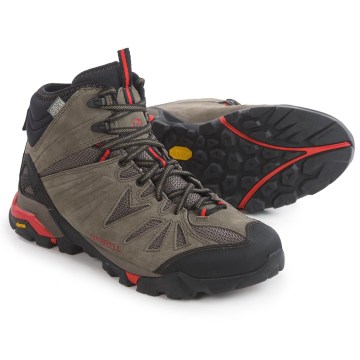 Here's my chance to elicit opinions from readers about hiking gear.
Here's my chance to elicit opinions from readers about hiking gear.
I'll limit the discussion to footwear for relatively rugged lengthy day hikes on uneven, sometimes wet, sometimes rocky, steep, or unstable ground with no more weight on your back than a full daypack (in other words, not real backpacking but not ordinary walking either. Something that would be good for our 9-mile urban hikes too). And I will stipulate that merino wool or wicking synthetic socks, with or without liner socks, are important for this sort of thing to prevent blisters. One blister or hot spot can ruin an outing - or a week.
I'm thinking of footwear that would be good for scrambling up Tuckerman's Ravine, for woodsy hikes through hill and dale, and for boggy spots. So I think we're in the realm of what they call "Light Hiking" or "medium duty" waterproof boots with good arch and ankle support, without the weight of those monster boots designed for mountain hikes with a 40 lb pack on your back - or 60 lbs of fresh elk meat.
I've done a lot of hiking in running shoes and it's not ideal but it is blister-free. I have also done a lot of backwoods all-day hunting in things like wellies, LL Bean Maine boots, and heavy snow boots. Those things are not great for distances - at least for me, they become fatiguing to wear after a couple of hours. I guess I am more experienced with the Hunting Boot category (though I don't know why they are different from the hiking boot category except that hunting boots are higher and often insulated - here's a good hunting boot) and with the steel-toed Work Boot category than I am with the Hiking Boot category. I have worn out many pairs of Work Boots at the farm.
In my research I have seen the yuuuge variety of offerings in the general category of Hiking Boots. Capitalism with competition certainly offers us endless choices in things and they all seem to be very good. These range from heavy-duty sneakers with heavy treads to slightly lightened, or ordinary, heavy-duty mountaineering backpacking boots. Some are higher, some lower, some softer, some harder. Some leather, some suede, some synthetics. Some insulated, most not. Hard leather boots need 20-40 miles of breaking in, others not so much. Waterproof usually has some Gore-Tex in it. Gore-Tex was one heck of an invention.
Well, maybe it makes sense to have a couple of different boots for different hiking purposes but I like the idea of a versatile boot which is well-broken-in, and I have no plans to do any mountaineering with a 40-lb. pack. I have not "done" the Presidential Range, but I would like to have done the Presidential Range just so I could say I did it.
What is your experience and what are your preferences?
Photo above is a Merrell Capra boot. A few random examples of pretty good boots below the fold -
Meindl Perfekt Hiker. Seems more like a backpacking boot to me but maybe I am too obsessive about the categories

Meindl Perfekt Light Hiker

Vasque Sundowner
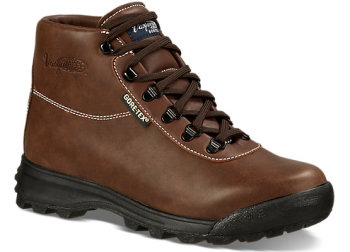
Vasque Breeze

Adidas Terrex
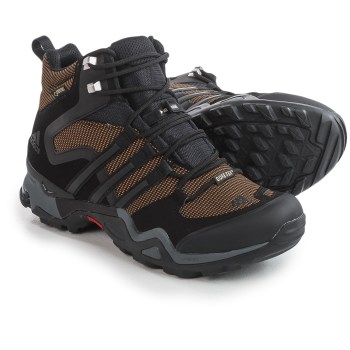
Another Merrell hiking boot style
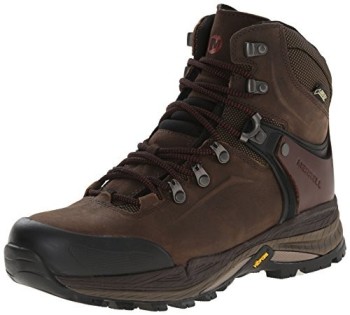
Merrell's Wilderness Boot
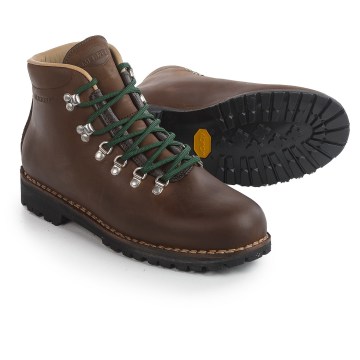
Vasque St. Elias
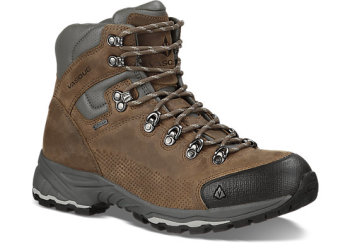
Salomon X Ultra
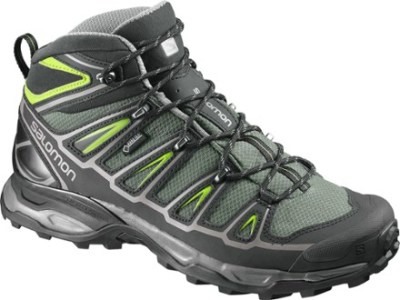
Merrell Moab

Keen Targhee



 Here's my chance to elicit opinions from readers about hiking gear.
Here's my chance to elicit opinions from readers about hiking gear.










Photo is the Meindl Burma Our commenters to our Hiking Footwear post were well-informed, experienced, and helpful. Appreciate all of those offerings. Lots of hikers, hunters, and some field geologists among our readers. Two basics about boot sizing:
Tracked: Jun 08, 16:07